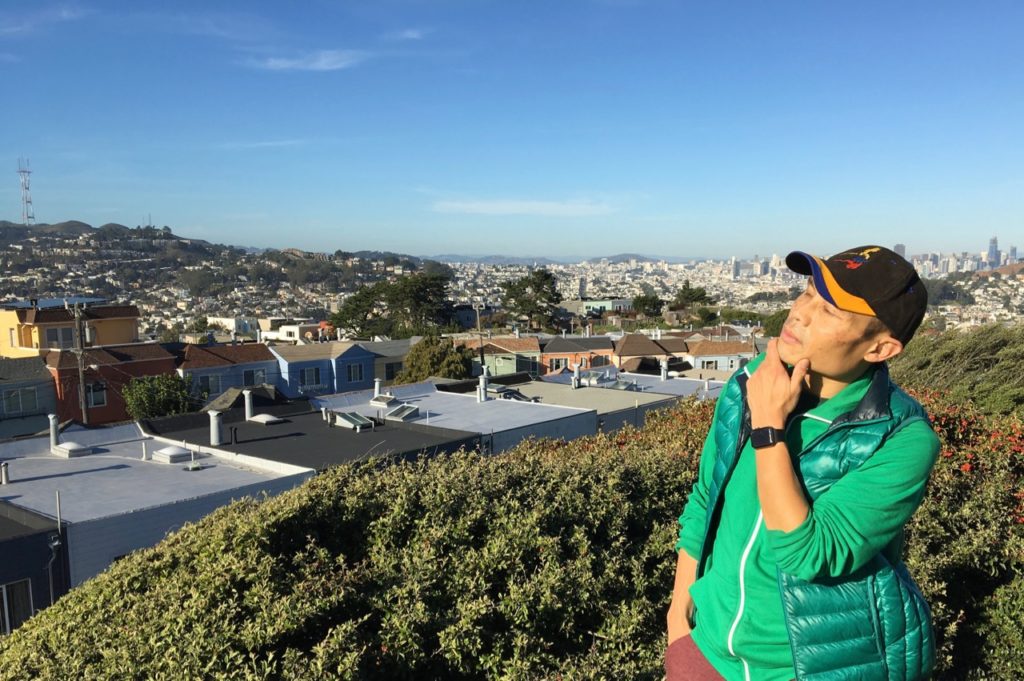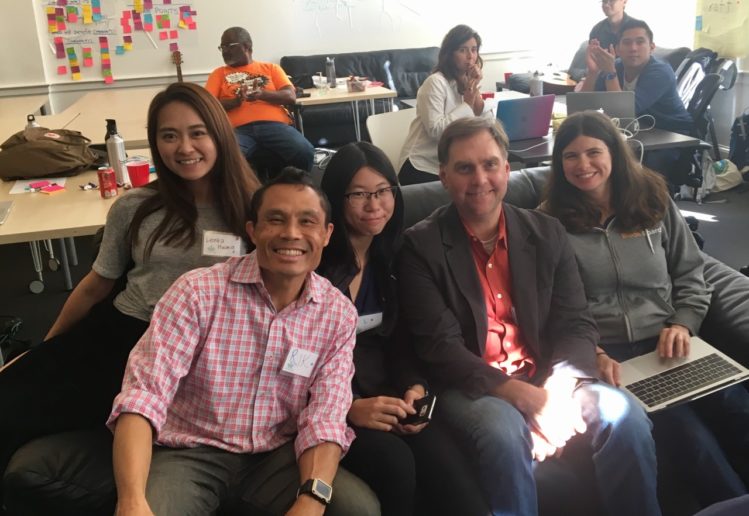In July, I began my work sabbatical… at least that’s what I called it.
I’ve been through several periods of unemployment before, from a few weeks to several months. But I’ve never really approached that time like an opportunity to be exploited. It was more like a frantic scramble to find “my next thing.”
This time I wanted to do it different.
After more than six years at the same organization, I wanted to re-evaluate my professional goals, re-discover what I was really passionate about, and get a clearer picture of what options and opportunities were out there. Oh, and I just needed a break.
I realized what I wanted was a “sabbatical.”
A sabbatical refers to a paid leave of absence — from a few months to a year — that an employee takes from their company for a variety of personal reasons. I was in truth unemployed. But the idea of a sabbatical appealed to me as a better way of framing this time in my life.
The most important thing about a sabbatical is that it’s not about looking for work. There might be aspects of a sabbatical that might lead you to your next job. But that isn’t the primary purpose of that period.
Why Go on Sabbatical?
Here are some reasons why you might go on sabbatical:
- To develop a new skill or area of expertise (yoga instruction, playing the saxophone, quantum theory).
- To take formalized coursework and / or get a certification in your field.
- To focus on charitable or volunteer work.
- To reconnect with your family or partner.
- To go on extended travel somewhere.
For me, I knew that I had way too many possibilities and interests to sort through, before I could even engage in a coherent job search. So I needed some time away to just get my $%^& together.
How Long Should My Sabbatical Be?
After deciding on whether or not to take a sabbatical, you need to decide how how long to make it.
One obvious limitation is your finances. I did have a small severance and a fairly substantial savings I could draw upon. I knew that I could take between 6-8 months total of unemployment before I had to make some hard life choices. So a 2-3 month sabbatical seemed do-able.
I would say the minimum amount of time for a decent sabbatical is one month. That gives you enough time to get over leaving your previous company and do some personal explorations before diving back into the job hunt. For me, two and a half months was perfect to do all the things I wanted to do. I know people that took a year off.
Set a time period for yourself that makes sense, and keep to it. Be public about it. Fight the urge to dive into the want ads or send off resumes to every business that is hiring.
Now that it’s over, I wanted to chronicle the ways I stayed active and focused during my sabbatical. Here’s what I did.
1. Got my Head Together
When I first lost my job, I experienced lots of strong feelings — panic, anxiety, excitement, dread, self-doubt. I knew I had to get my head together before doing anything.
I spent a couple of weeks just analyzing my situation, as holistically as I could. I did an analysis of my past three positions, noting what I enjoyed about those jobs, what were challenges for me, and anything that I found dissatisfying about them. I wrote down a list of what I wanted ideally to be doing in my next job. And I fantasized about where I wanted to be, whether realistic or unrealistic.
That process unearthed some of the things I was truly passionate about. Community building, youth development, and civic engagement rose to the top of the lists.
2. Organized My Public Presentation
Next up was working on how I wanted the world to see me, my public presence. A high priority was getting my résumé updated and cleaned up for sharing with potential employers. That was relatively easy, although I did have to create several different versions for different positions and industries I was approaching.
My website (what you are looking at here) badly needed work, particularly my work portfolio. Getting that cleaned up and organized took longer than I wanted. I’m still not that happy with it, but it does the job.
Also important was my LinkedIn profile, which for better or for worse is where employers might find me. I did my best to make sure my work experiences, skills, and accomplishments were represented on that site.
3. Thought Big Picture

With this precious gift of time, I wanted to think through some of the big issues in my fields, particularly youth development, STEM education, digital learning, and e-learning.
I took advantage of the wealth of free talks, seminars, and meetups happening in-person in the Bay Area and online. I got caught up on various blogs and news sites like the Connected Learning Alliance and EdSurge.
I wrote about things I was thinking about and learning on my work blog:
All those things helped me keep my head in the game and not feel like I was being left behind.
4. Connected to and Extended My Network

A big percentage of my time was spent connecting with people and networking. I know a lot of people who hate the idea of networking. It is a pretty terrible word.
What helped me was remembering that people enjoy talking about themselves and what they do. And I am genuinely interested in other people’s work, even if its not something that I personally attracted to. I like finding out what they find fascinating about it, what is challenging, what their days are like.
Basically I drank a lot of coffee with interesting people.
I also just generally got the word out to everyone that I was looking for work. I posted to my blog my situation, shared that out on social media, and chatted with people about it casually.
What I found out is that I have a really incredible community of friends out there. Several times a week I got messages from people — some of whom I barely knew — with a lead on a job opening, or an offer to introduce me to the manager at a company. I’m a lucky SOB.
5. Explored Other Interests

Keeping in a strong mental and emotional state was a priority for me. I’ve been through bouts of unemployment where I started to feel despondent and lethargic around the second month of unemployment. I resolved to take better care of myself this time, so I could be my best self when that right position came through.
So I did a lot of dancing, went rock climbing regularly, worked on my pie baking, and took a few wonderful trips domestically and internationally. Rather than being unnecessary luxuries, I viewed these as part of taking care of myself so I could really focus on the job search, when I got down to it.
Only after engaging in all of these activities for two and a half months did I start to do a serious job search.
As I prepare to re-enter the workforce, I’m so grateful that I had this time to really be on sabbatical. I learned so much, gained new perspectives on my fields, and connected with so many great people. And I believe all that helped me land an amazing job.
If you have the opportunity to take a sabbatical, I highly recommend it.

Great article, Rik! Starting my third sabbatical (!!!) and found it so useful!
I’m so glad! Wow , your third!